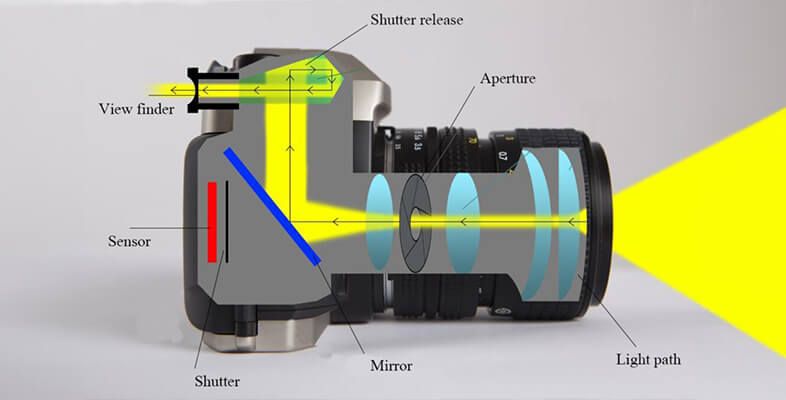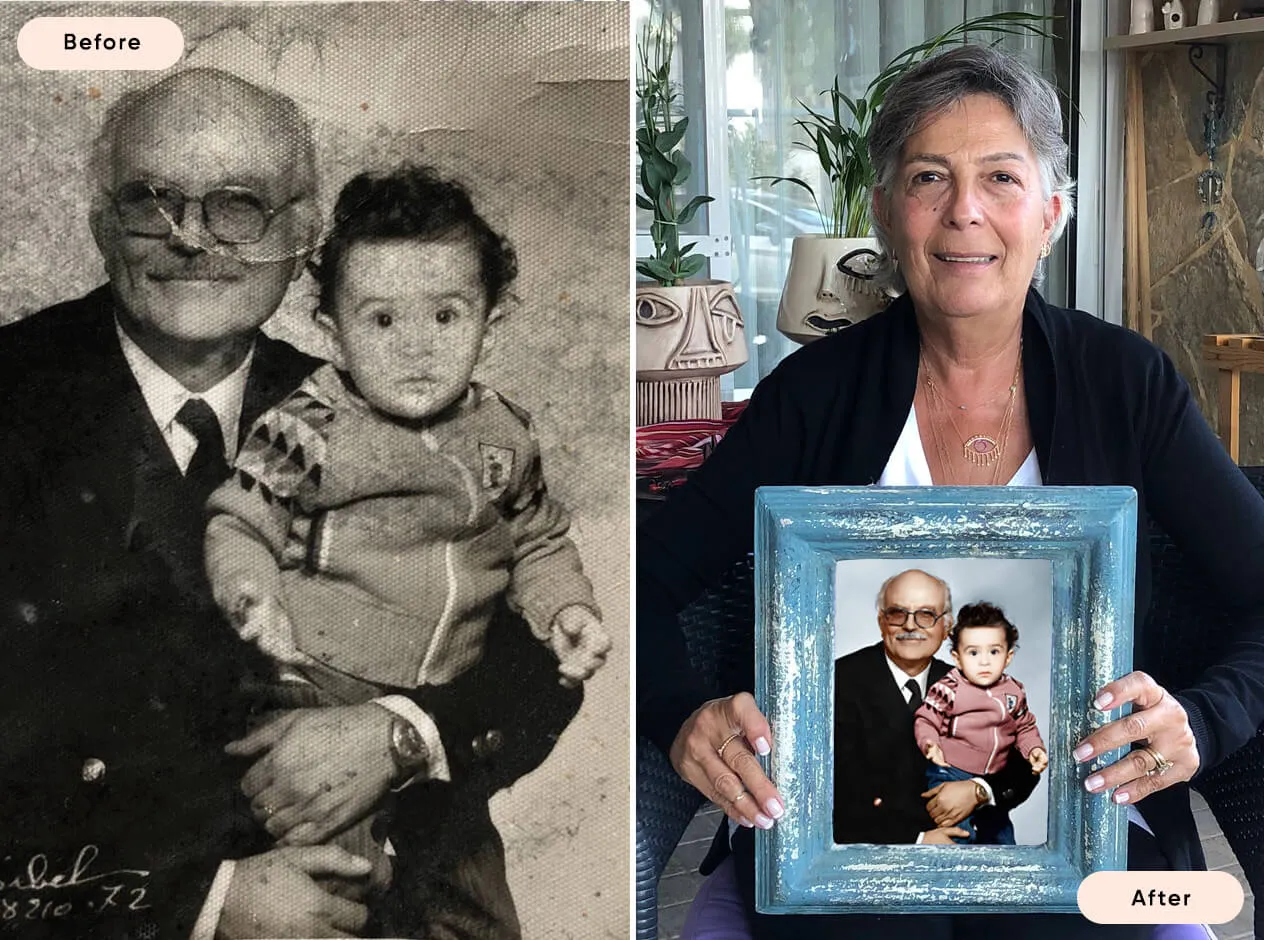What is a Camera? Learn The Magic Behind Taking Photos!
Cameras are fascinating devices that have the ability to capture moments and preserve memories. They have evolved significantly from their early beginnings to the advanced digital devices we use today. This article explores what a camera is, its main components, how it captures images, and the different types of cameras available.
What is a Camera?
A camera is an optical device used to capture and record images, either as photographs or as videos. It works by focusing light onto a photosensitive surface, such as film or a digital sensor, which then records the image. Cameras can range from simple point-and-shoot models to complex professional systems with interchangeable lenses and advanced features.
The Main Components of a Digital Camera
Modern digital cameras consist of several key components that work together to capture high-quality images:
Lens: The lens focuses light onto the camera sensor. Lenses come in various types, including fixed, zoom, and prime lenses, each offering different focal lengths and apertures.
Image Sensor: The image sensor converts light into electrical signals. The two most common types of sensors are CCD (Charge-Coupled Device) and CMOS (Complementary Metal-Oxide-Semiconductor).
Viewfinder and LCD Screen: The viewfinder allows the photographer to compose the shot, while the LCD screen provides a live preview and playback of captured images.
Shutter: The shutter controls the amount of time light is allowed to hit the sensor. Shutter speeds can range from fractions of a second to several minutes, depending on the camera.
Aperture: The aperture is an adjustable opening in the lens that controls the amount of light entering the camera. It is measured in f-stops (e.g., f/2.8, f/8).
Image Processor: The processor handles the data captured by the sensor, processing it into a digital image file.
Memory Card: The memory card stores the digital images captured by the camera.
A Quick Explanation of How Cameras Capture Images
Capturing an image involves several steps:
Light Enters the Camera: Light passes through the lens and is focused onto the image sensor.
Shutter Opens and Closes: The shutter opens for a predetermined amount of time, allowing light to hit the sensor.
Sensor Records the Image: The sensor captures the light and converts it into electrical signals, which are then processed by the image processor.
Image is Stored: The processed image is saved onto the memory card for later viewing and editing.

Different Camera Types and Features
There are various types of cameras, each designed for different purposes and levels of expertise:
Compact Cameras: Also known as point-and-shoot cameras, these are simple, easy-to-use cameras ideal for casual photography. They have fixed lenses and limited manual controls.
DSLR (Digital Single-Lens Reflex) Cameras: DSLRs offer interchangeable lenses, optical viewfinders, and extensive manual controls. They are favored by professional and enthusiast photographers for their versatility and image quality.
Mirrorless Cameras: These cameras combine the features of DSLRs with a more compact design. They use electronic viewfinders instead of optical ones and often have advanced autofocus systems.
Bridge Cameras: Bridge cameras bridge the gap between compact cameras and DSLRs, offering some manual controls and a longer zoom range without interchangeable lenses.
Action Cameras: Designed for capturing high-speed action, these cameras are rugged, waterproof, and compact, making them ideal for sports and adventure photography.
Smartphone Cameras: Modern smartphones come equipped with advanced cameras that rival many dedicated compact cameras. They offer convenience and accessibility for everyday photography.
Conclusion
Cameras are incredible devices that allow us to capture and preserve the world around us. Understanding the main components and how they work together to capture images can enhance your photography skills and appreciation for the technology. Whether you use a simple point-and-shoot or a sophisticated DSLR, the magic of photography lies in your ability to see and capture moments that tell a story.

Or Get YourMoney Back
back your money in the rare case you are not satisfied with the quality of your
damage-free pictures. Only $38 for most image restorations regardless of damage

All rights reserved.